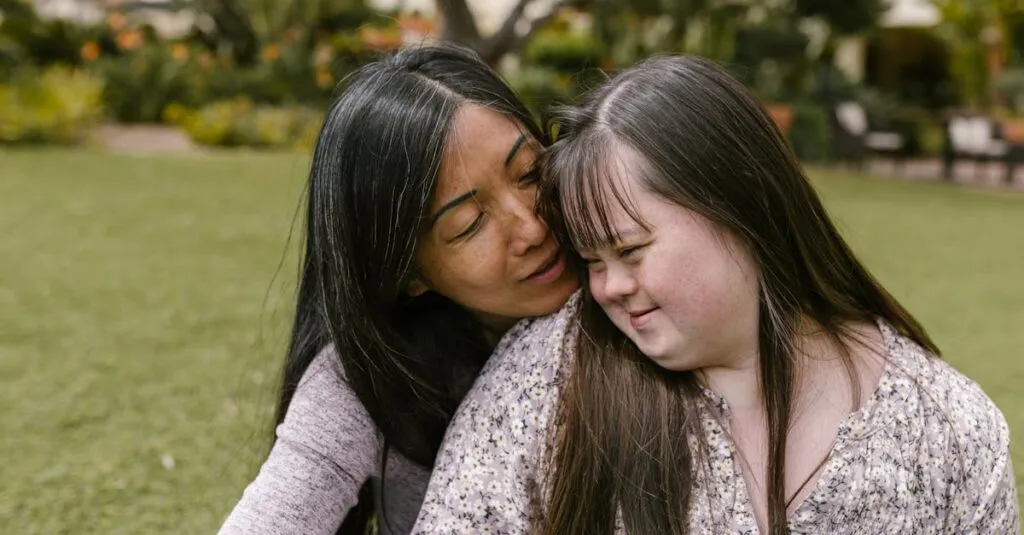Understanding the Importance of Prayer
Prayer is more than just words. It is a powerful tool for building self-control in children. Teaching preschoolers to pray can help them navigate emotions and foster discipline. Imagine your toddler, hands clasped, eyes squeezed shut, and earnestly praying for patience to wait for their ice cream. It’s both amusing and endearing!
Kids naturally follow what they see, so include prayer in their routine. This not only introduces a spiritual practice but also becomes a tool they can rely on during emotional upheavals.
Parents, don’t stress about getting it perfect. What matters is the habit and the intention behind it.

Practical Steps to Teach Prayer
Teaching preschoolers to pray doesn’t need to be complicated. Start with simple, short prayers. For instance, ‘Help me stay calm when I’m mad.’ Use songs or rhymes to make the learning fun and engaging.
Key Tips for Teaching Prayer
- Incorporate Consistency: Integrate prayer into daily routines, such as before meals or bedtime.
- Be Creative: Consider using a ‘prayer jar’ where kids can pick a topic to pray about.
- Make it Fun: The prayer jar activity can be a delightful family experience and allows the child to express what they need help with.
Parenting Advice
For parents, patience and persistence are vital. Progress might be slow, but it’s definitely a journey worth embarking on.
Handling Emotional Challenges
When kids encounter emotional challenges, prayer can provide comfort and a sense of control. Preschoolers often struggle with big emotions like anger or frustration. Using prayer to talk about these feelings can help normalize them. Remind them it’s okay to have these emotions and there’s a way to manage them.
Share your own stories—like that time you wanted to explode over a spilled milk incident but chose to keep calm and everything turned out alright. Relating such stories can be incredibly supportive.
- Encourages openness
- Shows children they are not alone in their struggles
Here’s an image that captures the essence of emotional challenges:

The Role of Patience in Prayer
Patience is tough, even for adults. When teaching children to pray for self-control, patience becomes especially important. It’s not an overnight change, but a gradual process.
Explain to your kids that prayer is like planting a seed. It takes time for it to grow. Use relatable examples, such as waiting for their favorite cartoon show. Little reminders about why patience matters can turn frustration into understanding.
Remember, the more calm and collected you are, the more likely your child will mirror these traits. Humor can defuse tension too; laughter can often be the spark needed to reignite patience.

Encouraging Family Prayer Time
Family prayer time can make prayer a collective, bonding activity. It enhances emotional wellness and builds stronger connections. Gather the family for prayer, share what you’re thankful for, or discuss what everyone would like help with. This not only strengthens familial bonds but also makes prayer a natural part of life.
Creating a Nurturing Environment
Encourage older siblings to guide the younger ones. This creates a nurturing environment and involves responsibility-sharing. Moreover, inviting your preschooler to lead the prayer once in a while empowers them. It shows them that their thoughts and feelings are valid and worthy of being heard.
Why Family Prayer Matters
- Strengthens familial bonds
- Enhances emotional wellness
- Encourages communication
- Empowers children
Incorporating prayer into your family routine can yield profound benefits, both spiritually and emotionally.

